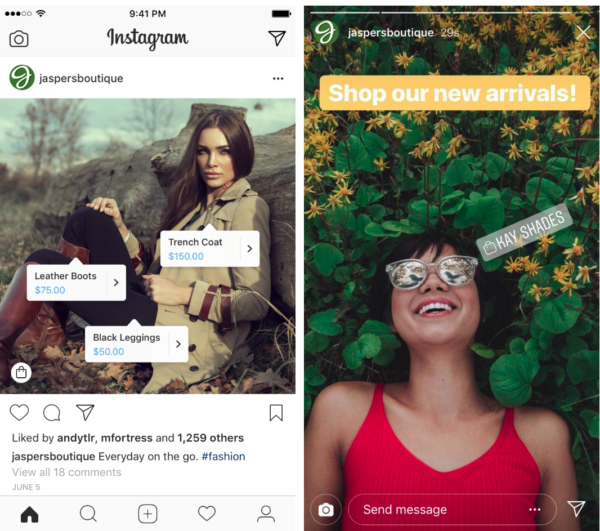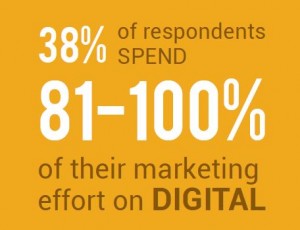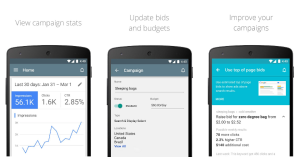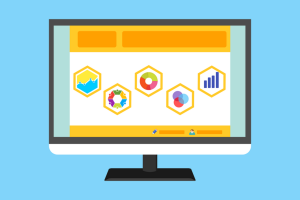— December 18, 2018

Technology is central to our ‘always on’ society. We interact with and depend on devices to make our increasingly complicated lives somewhat simpler. Devices that give marketers a constant direct real-time channel to connect with their audiences.
The landscape of marketing and communications is changing in pretty dramatic ways. As with many other industries, the field is advancing from digital adoption to maturity. There’s little argument that deeper digital integration into the communication strategy is essential to business success.
Post-demographic segmentation
Profiling helps brands understand their consumers and how best to communicate with them. Demographic segmentation used to be the way for marketing professionals to identify target markets. But today, individual tastes and behaviors are no longer easy to categorize with markers such as age, race, or geography.
Just consider that on Facebook, for example, users are able to assign themselves one of 58 gender options for their profiles. Ranging from ‘Androgynous’ to ‘Two-Spirit’. The question of personal identity is an individual journey. People are becoming more comfortable exploring their uniqueness. Deciding not to conform to traditionally accepted stereotypes.
Liberation, that leads to personal interests and motivations that can’t easily be assigned to a single shape or color. Unique identifiers better represented by multi-dimensional spectrum of color palettes.
But, how is a marketer expected to keep track of, let alone effectively communicate with, such a wide range of variables? Enter, the application of machine learning to data analytics. Monitoring social media analytics using platforms like Talkwalker, reduces a brand’s dependency on traditional generalizations.
For one part, from interaction data, a marketer is able to uncover the uniqueness of each individual. To intimately personalize the touchpoints in a customer’s buying journey. Opening up the potential to nurture relationships with custom content and communications. Personal journeys, made for the customer, by the customer. Speaking to individuality and without crossing personal boundaries.
Using the visualization of varied behavioral data sets, a marketer can track patterns and intersects between different individuals. Formulating highly accurate profiles and segmentation. No more assumptions taken from extrapolations based on researching limited sample sizes.
Data can guide a business to the shortest path in reaching the main goal. Ultimately to provide the customer with the right offer at the right moment. The right push and call to action to complete the journey to conversion.
Intimate personalization
Data privacy and protection are important issues. Customers don’t like being watched, but they enjoy being talked and listened to. Businesses just need to learn to listen.
Customers are beginning to expect more personalized experiences. But need to be reassured on the benefits of data. Businesses need to build trust through transparency. Showing how data can enhance the shopping experience without being invasive.
The fashion sector has some excellent use cases for next-level personalization using tech. Online fashion innovators like Zozo.com and mtailor.com skip standardized dress or shirts size to offer their shoppers with personalization options down to their exact measurements. Data lets a business know their customers well enough to align perfectly with their consumption.
Additional benefits of targeted selling? Custom builds mean efficient resource utilization aligning production closer to consumption. Making reduced or even zero-waste potential realities. Specific demand inputs to match exact supply outputs. Basic bottom line benefits from the maximization of profits and minimization of costs.
The rising importance of social media has altered communications between businesses, customers and stakeholders. The potential crossovers between multiple platforms and technologies means less guesswork. Social media has proven that customers are prepared to tell companies exactly what they want!
Shoppable Social
Social media acts as one of the main points of contact for companies to connect with their customers on their journey. Consumers see it as a way to communicate with brands and vice versa. Businesses use the platform mainly to get a product or service to as many eyeballs as possible.
Social channels realize the potential to monetize reach and engagement beyond ads and promotion. Shoppable media means a shorter path from engagement to conversion without ever having to leave the platform. Taking a tagged product from an Instagram post directly to the shopping cart.
In this new world, micro or nano influencer strategies will be taking center-stage. Targeting smaller niche customer bases will be the goal. The challenge is finding more authentic Influencers with truly organic followings. Hard-earned audiences and ready to be engaged.
Working with micro-influencers mean more people to manage. Influencer management tools will help businesses deal with the new scale and track reliable metrics to measure ROI. Encouraging better alignment with Influencers they can trust. Creating an atmosphere for authentic UGC development for the target audience. People are ready to buy-in, but won’t appreciate it when the selling becomes too obvious.

Want to know more? I suggest checking out what top marketing experts are sharing for their predictions and insights in the Talkwalker social media trends blog of 2019.
Technology redefining communications
Clearly, the next generation of marketing and communications will be diving deeper in tech. Augmented or virtual reality, voice-search, visual recognition will create new ways for channels and platforms to connect. 5G tech will make it possible for people to stay connected longer, faster and further than they could before.
But despite tech getting more advanced, the focus of digital will still need to stick to some tried and true traditional marketing sensibilities. Ensuring the experience stays simple and authentic. Being careful not to lose the ability to speak to the emotions of the audience. Creating authentic and lasting engagement and trust.
Digital & Social Articles on Business 2 Community
(47)








